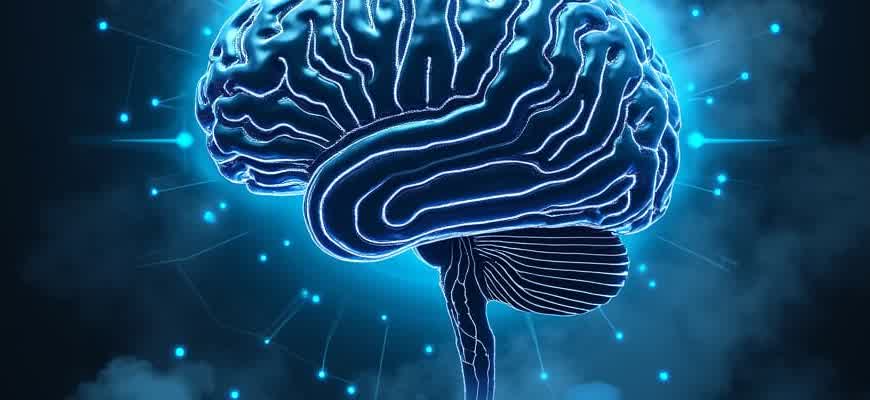Night Traffic 6

The city at night is a bustling world of its own, with vehicles weaving through illuminated streets, and the rhythm of traffic becoming a constant soundtrack. The visibility of lights, the movement of cars, and the occasional silence between the honks create a unique atmosphere. In this article, we explore the key aspects of nighttime traffic patterns and the unseen dynamics that govern them.
Key insight: Night traffic is often less congested but more unpredictable, with fewer vehicles on the road but an increase in irregular driving behaviors.
When it comes to traffic, the night offers a different set of challenges compared to daytime hours. The roads, while less crowded, often feature drivers who may be more tired or less cautious. This leads to an increase in traffic violations and accidents, especially in areas with high-speed limits or complex intersections.
| Factor | Impact on Traffic |
|---|---|
| Visibility | Reduced due to limited lighting, causing slower reaction times |
| Driver Fatigue | Increased risk of accidents, as drivers may be less alert |
| Vehicle Density | Lower than during the day, which can lead to faster speeds |
Understanding the complexities of traffic during nighttime hours is crucial for both urban planning and individual drivers. It is important to adjust driving habits, especially in areas known for heavy nighttime movement.